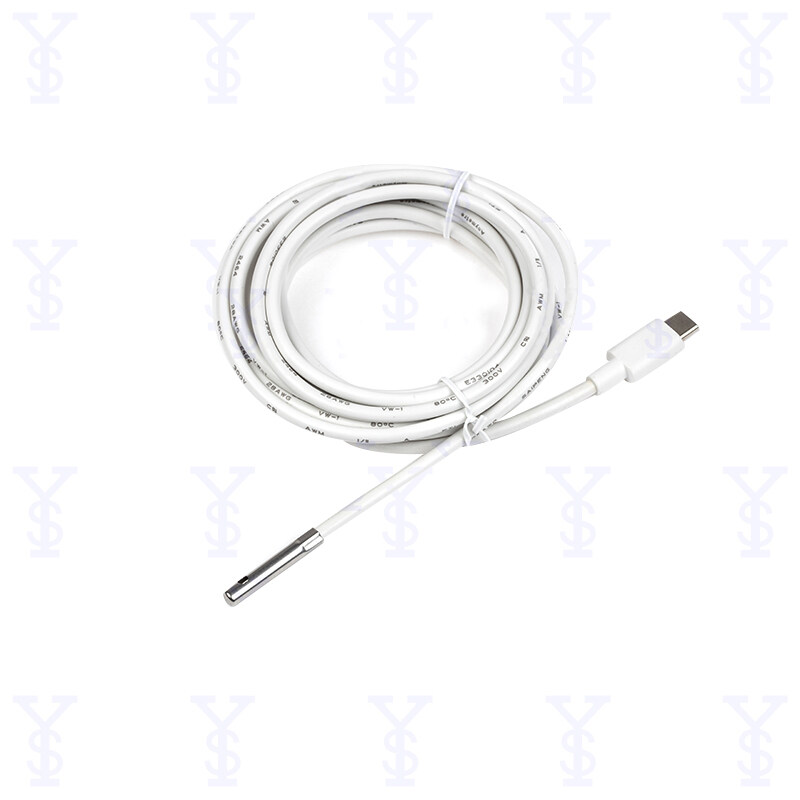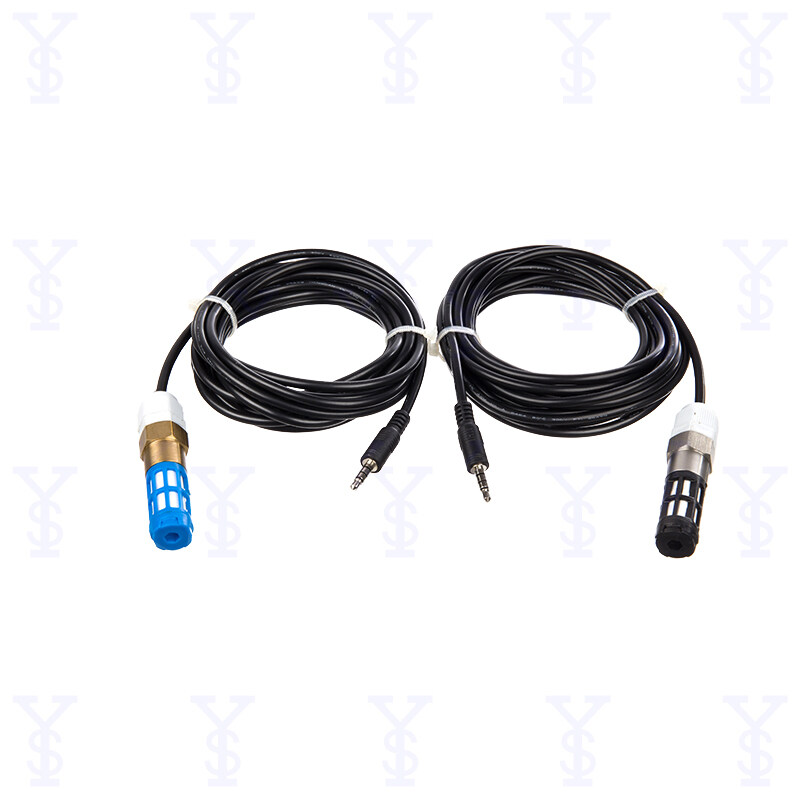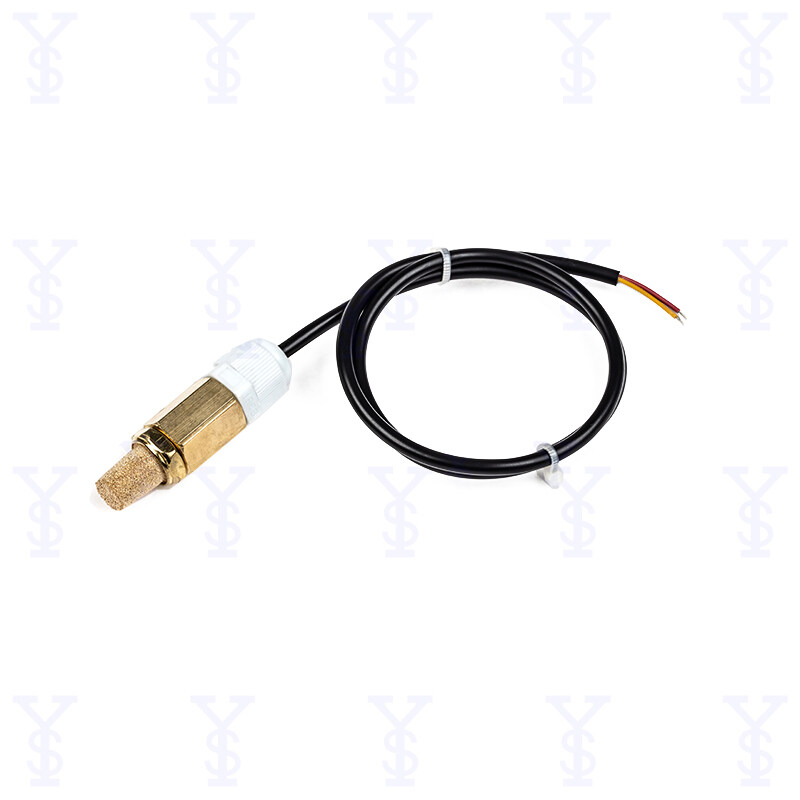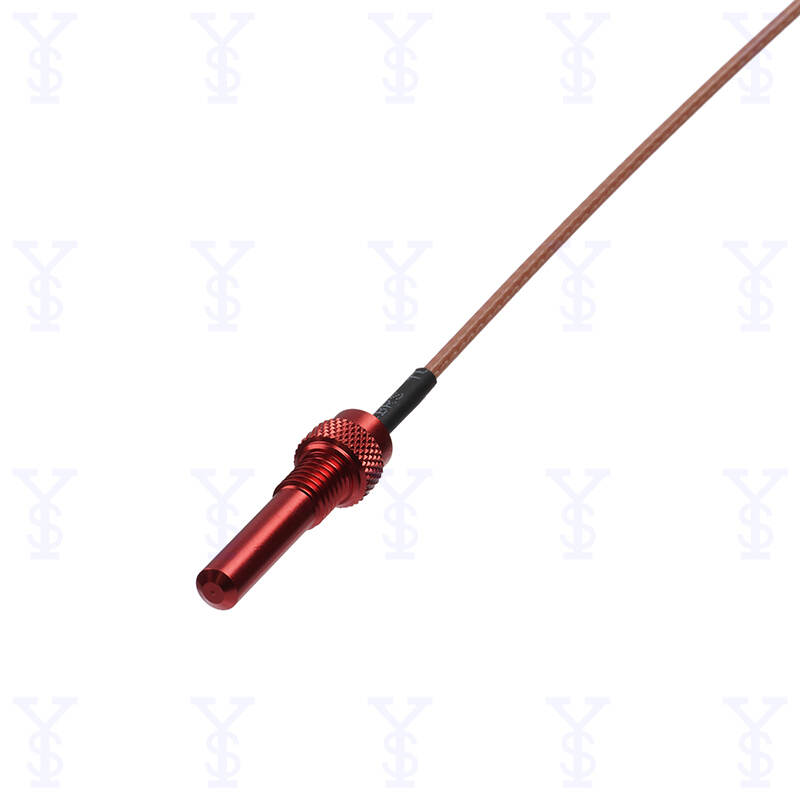ʻAʻole hiki ke nele ka leka uila
ʻAʻole hiki ke nele ka ʻōlelo huna
Hapa ka hoʻopono leka uila
ʻAʻole hiki ke nele ka leka uila
Loaʻa ka leka uila
6-20 mau huapalapala (nā leka me nā helu wale nō)
ʻAʻole kūlike ka ʻōlelo huna
Hapa ka hoʻopono leka uila
ʻAʻole hiki ke nele ka leka uila
ʻAʻohe leka uila
6-20 mau huapalapala (nā leka me nā helu wale nō)
ʻAʻole kūlike ka ʻōlelo huna
Whether you’re looking to buy electronic components in bulk or just a few pieces, China has the supplies you need. With a wide range of components available, you can find the perfect match for your project. From capacitors and resistors to integrated circuits and transistors, China has the electronic components you need to get the job done.
China also offers a variety of customization options to meet your specific needs. For those looking for the best deals, buying electronic components from China is the way to go. With unbeatable prices and unbeatable quality, you can rest assured that you’re getting the best components for your project.
Temperature and Humidity Sensor
(4)Temperature And Humidity Sensors in Car
Due to the strong connection between temperature and humidity and how it affects people's lives, temperature and humidity sensors were developed. A sensor that can convert temperature and humidity into electrical signals that are simple to monitor and process is referred to as a temperature and humidity sensor.
Agriculture Greenhouse Temperature And Humidity Sensor
One of the sensors is the temperature and humidity sensor. It continuously keeps an eye on the humidity and temperature of the air. According to a predetermined regulation, the temperature and humidity readings will be translated into an electrical signal or other necessary kinds of information output. In the manufacture of food, the temperature and humidity sensor has been crucial.
Smart Home Temperature And Humidity Sensor
Temperature and humidity in the living environment have a significant impact on people's quality of life. According to medical study, 22°C is the ideal temperature for human health. At 60% relative humidity, whether the temperature is too high or the humidity is incorrect, individuals will feel uncomfortable. The temperature and humidity sensor included into the smart house can continuously check the temperature and humidity inside, and the controller will decide whether to turn on the air conditioner, humidifier, etc. to control the temperature and humidity.
SHT41 Soil Temperature And Humidity Sensor
The temperature and humidity sensor utilizes SHT20, SHT30, SHT40, or CHT8305 series digital temperature and humidity modules. This digital temperature and humidity sensor has a digital signal output, a quasi-I2C interface, and a power supply voltage of 2.4-5.5V. It also has low power consumption, high precision, and good long-term temperature performance.
KTY-LPTC Temperature Sensor
(3)KTY 81/82/84 Silicon Temperature Sensors With High Precision
Our business meticulously crafts the KTY temperature sensor using imported silicon resistance components. High precision, good stability, robust reliability, and a long product life are some of its benefits. It can be used for highly accurate temperature measurement in tiny pipelines and constrained areas. The industrial site's temperature is regularly monitored and managed.
KTY Silicon Motor Temperature Sensor
KTY series silicon temperature sensors are temperature sensors made of silicon. It is suitable for high-precision temperature measurement in small pipes and small spaces and can be used for industrial On-site temperature is continuously measured and tracked. Silicon materials have the advantages of good stability, wide temperature measurement range, rapid response, small size, high precision, strong reliability, long product life, and output linearization.
Automotive Engine Cooling System Temperature Sensor
Similar to a PTC thermistor, the KTY temperature sensor is a silicon sensor with a positive temperature coefficient. The resistance to temperature relationship is, nevertheless, roughly linear for KTY sensors. Manufacturers of KTY sensors may have different operating temperature ranges, although they commonly fall between -50°C and 200°C.








